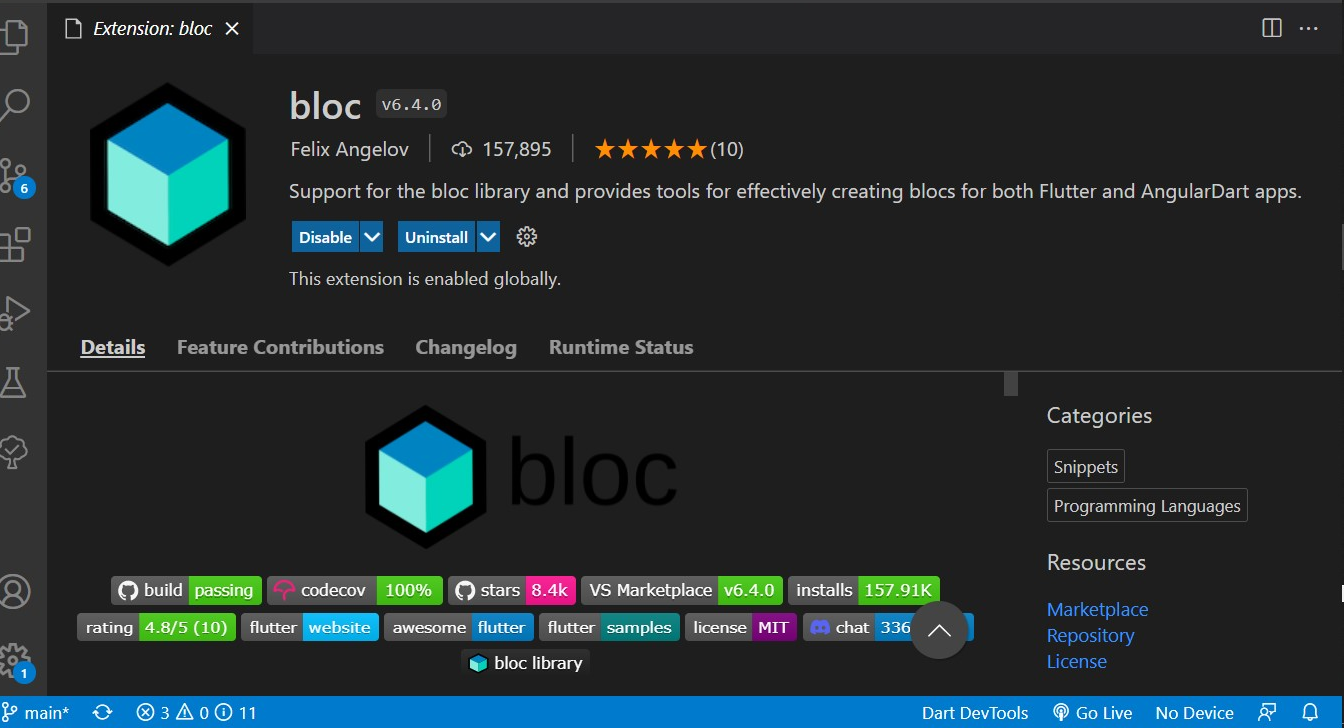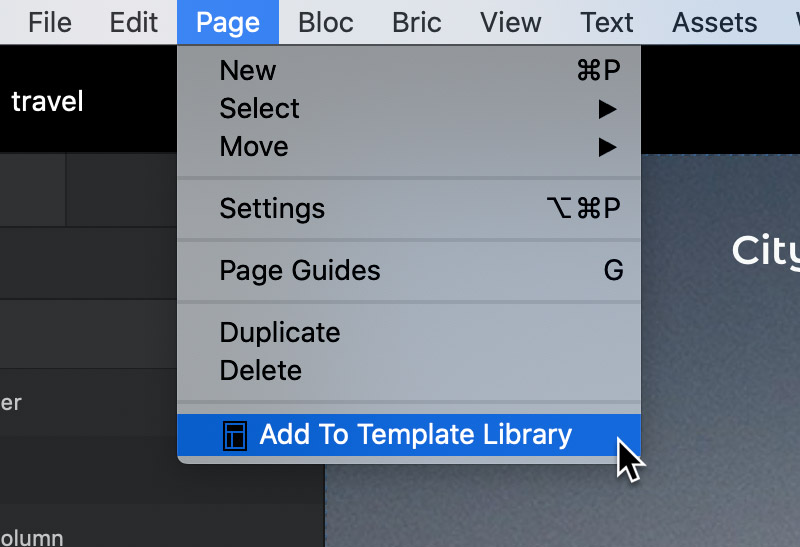
#ADDING EXTENSIONS TO BLOCS APP INSTALL#

For details, see Understand when settings apply. Note: Even if Chrome Web Store service is turned off, force-installed apps and extensions continue to automatically install and users can still sideload extensions.Ĭan apply for signed-in users on any device or enrolled browsers on Windows, Mac, or Linux. For details about turning on Chrome Web Store service for users, see Additional Google services. Otherwise, your users can’t access the Chrome Web Store to browse or install apps and extensions, including ones that you allow.īy default, the Chrome Web Store service is turned off in some Education domains.

#ADDING EXTENSIONS TO BLOCS APP HOW TO#
This article gives a high-level overview of how to set policies for all users or customize settings for different groups. We look forward then, to seeing what app extensions developers come up with in the future.įor now, however, if you have any comments or questions you would like to add, please leave your feedback in our discussion forum.For administrators who manage Chrome policies from the Google Admin console.Īs a Chrome Enterprise admin, you can control which apps or extensions users can install on managed Chrome browsers or Chrome OS devices. Then, add third-party extensibility, and the whole thing becomes more well-rounded and complete. Being able to add to and extend this feature gives it more longterm, inherent value. The same can be said for the Today panel, which gives you quick, at-a-glance information and other useful functions. When you add Internet and social media accounts for example, you gain the ability to quickly share content quickly and easily from most native applications. OS X comes with quite a few choices to expand and open up the usefulness of the extensions system. Today widgets too can be enabled, disabled, and reordered from the Notifications panel. Thus, if you’re not into stocks or use a physical calculator, there’s need for those things on your Today panel.

These can be found on the Today panel and again, disabling these widgets means you only see the stuff you want. You can drag and rearrange extensions, as seen here with the Share Menu items.įinally, there are the “Today” extensions, which include stuff like Social, Reminders, World Clock, etc. Note, Mail, Messages, and AirDrop cannot be disabled, so even if you don’t use them all, you’re stuck with them.Īlso, you can rearrange the order of things by clicking on each item, and dragging it into the order you want it to appear. Thus, we end up with a much leaner and lighter Share Menu. From the Share Menu, we could click “More,” and disable those extensions. Here’s what we mean by that, let’s say we don’t use Twitter or LinkedIn (or others). What’s nice is you can disable unused accounts so your Share Menu isn’t so long and unwieldy. Here, you can add or remove functions to and from the Share Menu, which appears throughout the operating system. The Share Menu is likely familiar to everyone who use OS X.

The functionality afforded by the Dropbox extension really doesn’t do much for us, and is probably better off disabled. Note, if you customize the Finder’s toolbar, you can remove this button (or any other), but it won’t disable that extension. You see that here where this Dropbox integration appears.


 0 kommentar(er)
0 kommentar(er)
